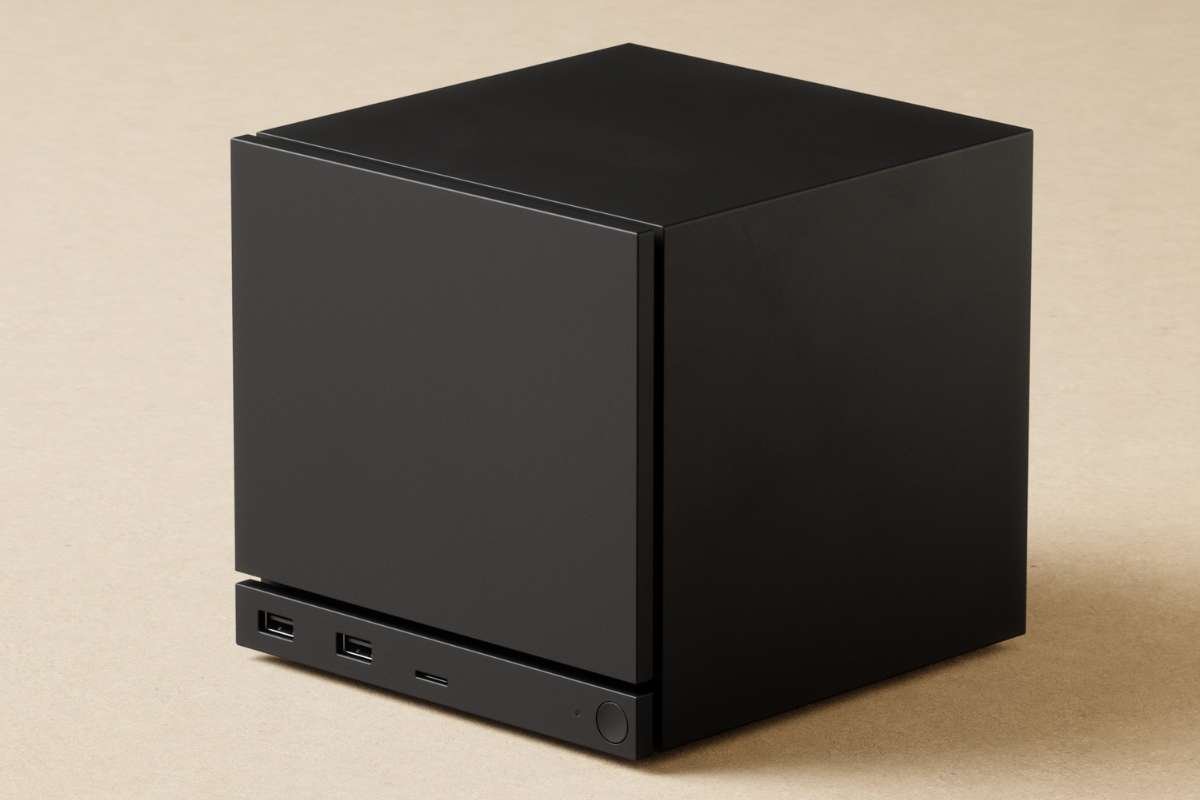Key Points:
- Circular Flow: Nvidia’s $100B OpenAI investment returns via GPU leasing.
- AI Growth: Supports OpenAI’s supercomputing centers, first live by 2026.
- Shared Risk: Leasing shifts upfront costs, secures Nvidia long-term gains.
Nvidia investment in OpenAI totals up to $100 billion in cash, but much of this capital is being funnelled back into Nvidia’s ecosystem. Instead of funding new acquisitions or product lines, the money is largely structured for leasing Nvidia’s own chips. OpenAI will not be outright purchasing the hardware but paying over time to use the company’s GPUs, ensuring that much of the cash pledged ultimately returns to Nvidia itself.
This arrangement provides Nvidia with a guaranteed customer base for its advanced chips while giving OpenAI immediate access to the computing power it needs. For OpenAI, the lease-based model reduces upfront financial risk and spreads expenditures over a longer period, creating flexibility as it scales operations. The initial tranche of $10 billion is expected to cover early deployments, though again, the bulk of this spending circles back to Nvidia through lease payments.
Infrastructure Expansion and Funding Strategy
OpenAI has set ambitious goals to expand its infrastructure, with plans to build data centres powered by at least 10 gigawatts of Nvidia hardware. The rollout of these facilities is expected to begin in late 2026. These expansions are part of the “Stargate” initiative, a large-scale project involving several partners to build next-generation AI infrastructure.
While the Nvidia deal gives OpenAI access to essential hardware, it does not fully solve the company’s financing needs. To support broader operations and long-term infrastructure development, OpenAI is preparing to tap into debt markets. Leasing chips rather than buying them outright helps the company maintain a more favourable balance sheet, which may prove important when seeking outside financing.
Despite the advantages of the Nvidia investment in OpenAI, challenges remain. OpenAI continues to face heavy cash burn and has yet to achieve investment-grade credit. The financial burden of leasing, paired with aggressive infrastructure goals, places pressure on the company to rapidly translate access to computing resources into profitable products and services.
Market Impact and Strategic Risks
News of the partnership sparked a surge in Nvidia’s market value, with its shares rising as investors viewed the deal as securing long-term revenue streams. The structure ensures Nvidia continues to dominate the supply of chips critical to powering advanced artificial intelligence models.
The Nvidia investment in OpenAI has also raised questions. The circular flow of funds—where Nvidia invests cash only for it to be used primarily to lease Nvidia’s own chips—has prompted concerns about whether the deal creates genuine new value or simply enhances earnings visibility for both companies. Observers suggest the setup could draw regulatory attention if it is seen as reinforcing Nvidia’s dominance in the AI chip market.
The Nvidia investment in OpenAI represents both opportunity and dependence. OpenAI gains the computing power required to accelerate innovation, but at the cost of relying heavily on Nvidia’s ecosystem. The success of this relationship will hinge on OpenAI’s ability to turn leased computing capacity into sustainable revenue growth.
As the artificial intelligence race intensifies, this deal underscores how financial engineering and infrastructure strategies are becoming as central to AI’s future as breakthroughs in algorithms and applications.


















